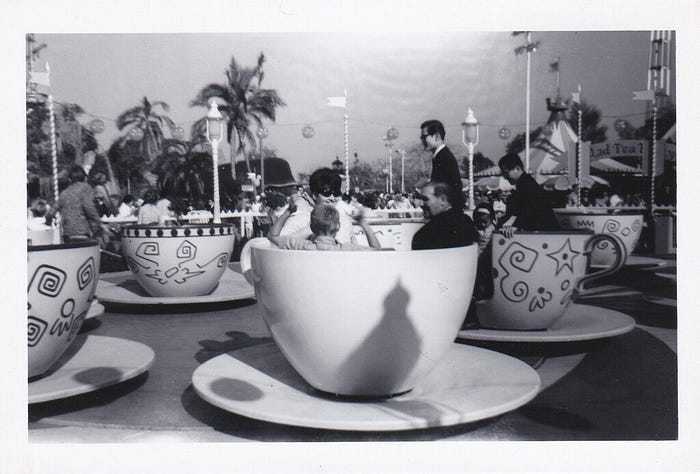Member-only story
Disneyland at a stroll (Part VI)
Amusement parks, crowd control and load-balancing.

This is Part VI in this series. In Part I, I opened the with news that Disneyland Paris is getting rid of its Fastpasses in favor of a per-ride, per-person premium to skip the line, and explored the history of Disney themeparks and what they meant to Walt Disney. In Part II, I explored Disneyland’s changing business-model and the pressures that shifted it from selling ticket-books to selling all-you-can-eat passes, and the resulting queuing problems. In Part III, I described how every fix for long lines just made the problem worse, creating complexity that frustrated first-time visitors and turning annual passholders into entitled “passholes.” In Part IV, I look at the legal and economic dimension of different pricing models for managing aggregate demand. Part V looked at the paternalistic misdirection and subtle design cues Disney uses to manage aggregate demand.
The human sensory apparatus is marvellously, terribly adaptive. Any stimulus quickly regresses to the mean. I share my office with our family’s laundry room and I have a little sticky note on my podcasting mic (“LAUNDRY”) to remind me to listen for our washing machine. The washing machine is incredibly loud, but after five minutes I literally can’t hear it.
After the Trump election in 2016, there were a lot of cries not to let Trumpism become “normalized.” It was a fool’s errand. Everything, no matter how chaotic or unpleasant, becomes normal. Talk to prisoners, or hostages, or people living with debilitating, painful illnesses. “Normal” is whatever happens normally, no matter how awful.
That’s not an unalloyed evil. Our adaptive capacity lets us tolerate the “intolerable,” live another day, and change our circumstances for the better. And our adaptive nature makes us restless, sends us in search of new experiences, because novelty quickly fades and is replaced by familiarity.
Teacups and tempo
Theme parks have to reckon with this inescapable adaptiveness. Imagine a theme park with no lines, where the exit from one ride leads directly to the load area for the next. Stagger off the teacups and onto a coaster, off the coaster and into a bungee harness, out of the harness and into a flume ride.
